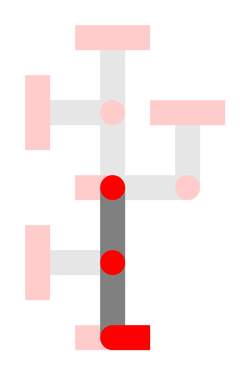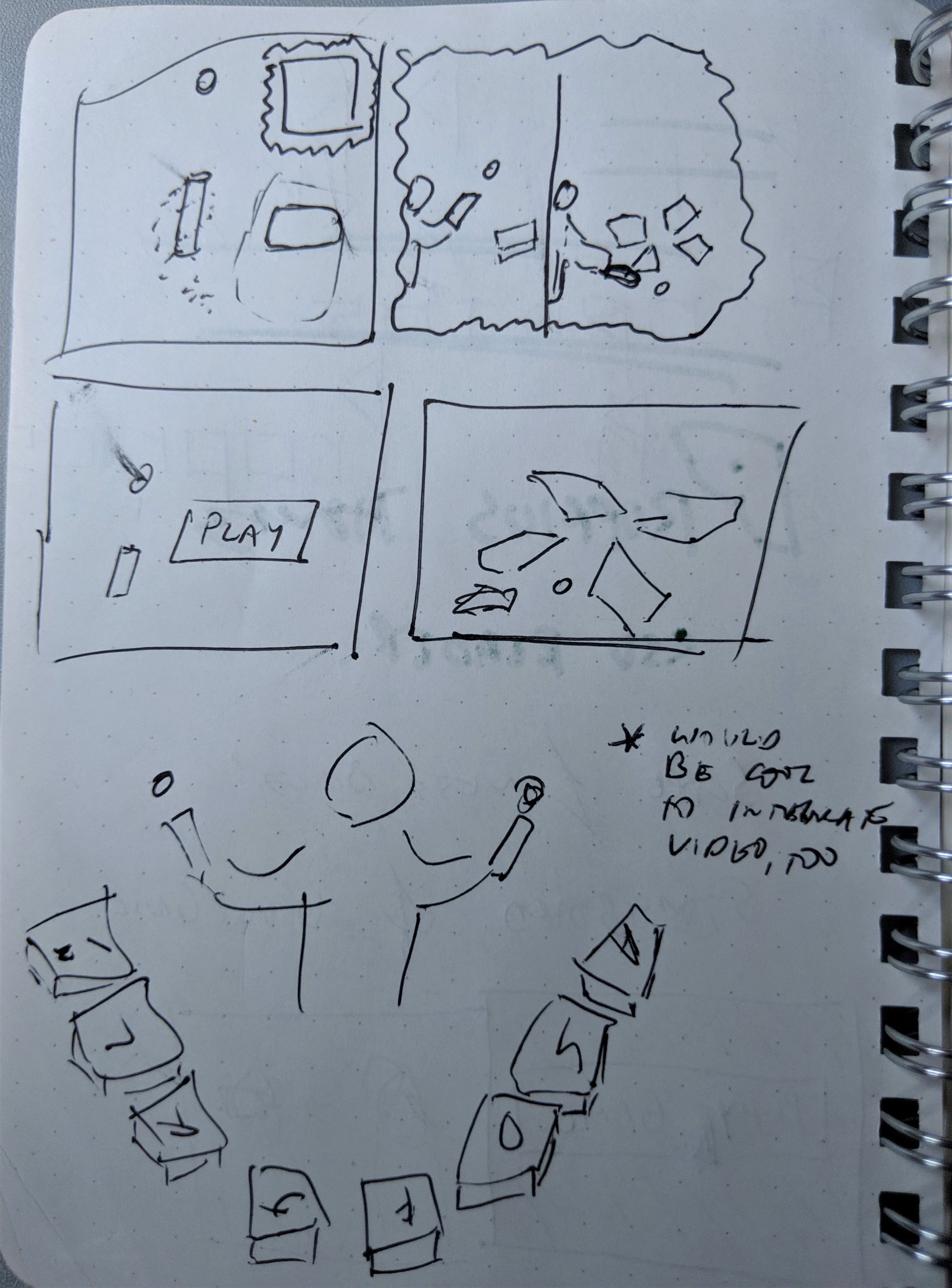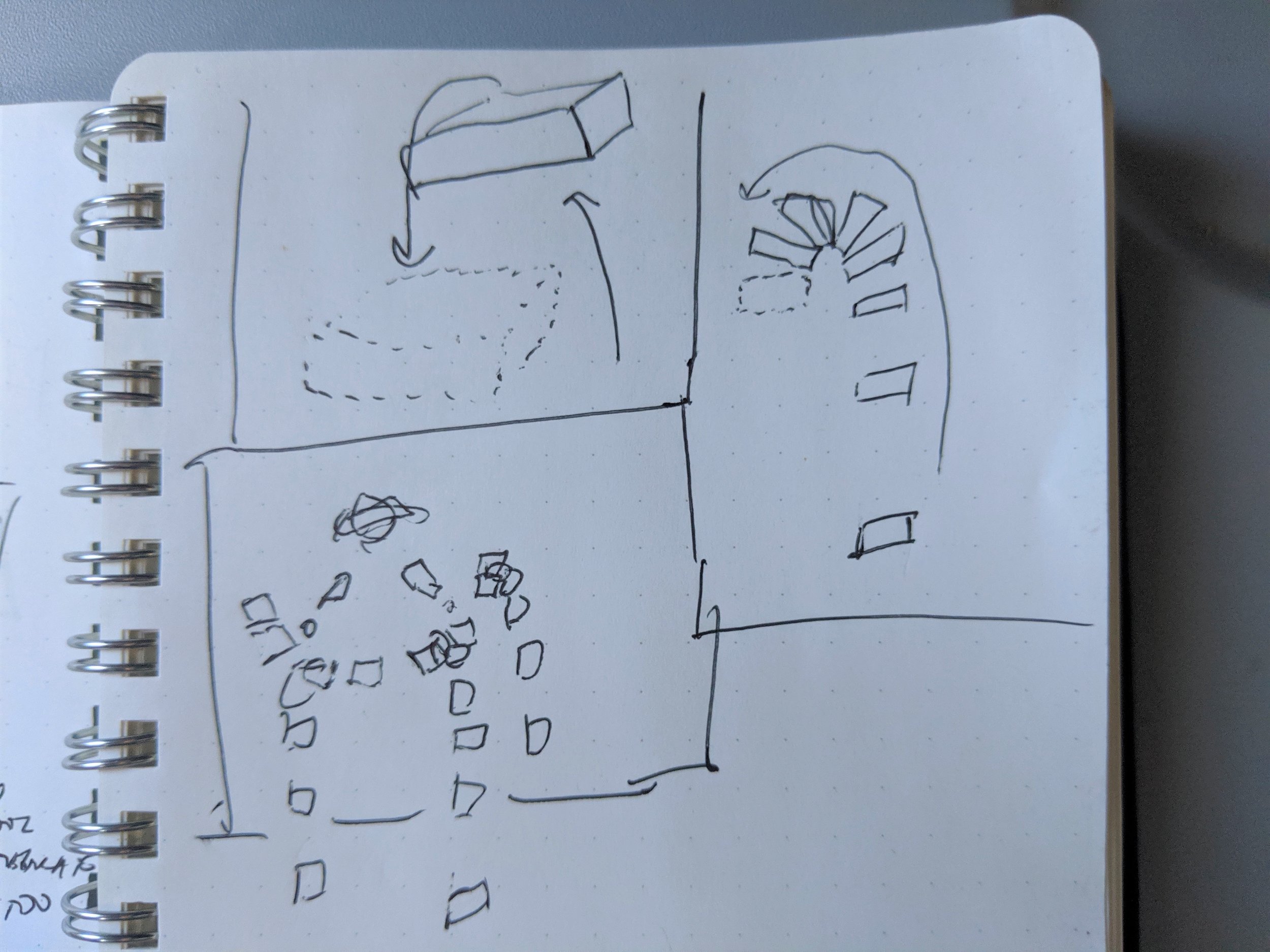"The Tributary"
/I’m experimenting with an online social network game, that uses a digital currency (“tributary water”) to track value of the social network. The premise of the project came up when I wondered what would happen if your currency depreciated at a rapid pace.
Eventually I landed on this idea where 10% of your wallet of this currency would be forced to be directed to other players twice a day. This forced spending would hopefully force people to participate in defining value in the network.
After all, what is value in a social media platform? I tend to demonize advertising as systems driven off of ads incentivize weird behavior — where engagement is the only thing that counts. People trying to game the system of making money off of engagement is why we have click-bait, the re-emergence of mainstream conspiracy discussions (like anti-vax, pizza-gate, etc…), and amplification of enraging content. These things make lots of money in ad-based networks because they command attention! So I want to try something else.
In this alternate network, participants are FORCED to declare value in the actions of others, as they are always paying back into the network as a function of the network.
I don’t know if this is going to work, but it’s fun trying at least.
Anyhow, here are the Game Instructions If you want to participate, please hit me up.
Development Notes
I’m hosting the game on Slack and made a bot using https://stdlib.com/ — which I’m mostly pretty happy with.
Made a bunch of in-progress videos for this game. I really don’t expect people to watch them, but recording and posting them was helpful in my process. Here are those progress videos.











